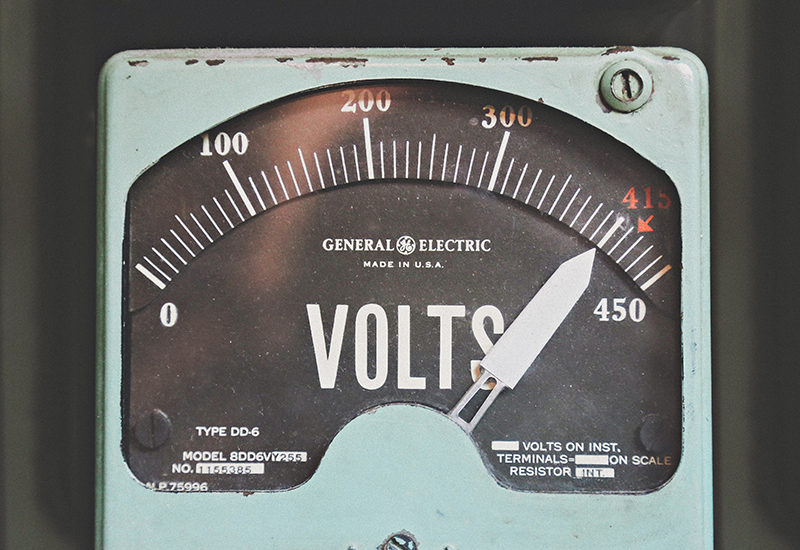Electricity is an essential part of our daily lives, powering everything from our homes to our workplaces. But have you ever wondered why your electricity bill varies from month to month? One significant factor influencing your electricity costs is the time at which you use electricity. In this blog post, we’ll explore the concepts of off-peak and peak electricity hours, why they matter, and how you can make the most of them to save money and reduce your environmental footprint.
What Are Off-Peak and Peak Electricity Hours?
Off-peak and peak electricity hours are periods during the day when electricity demand and, consequently, electricity prices, fluctuate. These hours are usually categorized into three main types:
- Off-Peak Hours: Off-peak hours are times when electricity demand is at its lowest. These periods often occur during the late night or early morning when most people are asleep and businesses are closed. Off-peak hours are characterized by lower electricity prices, making it an ideal time for energy-intensive tasks like running dishwashers, washing machines, and charging electric vehicles.
- Mid-Peak Hours: Mid-peak hours fall between off-peak and peak hours. During these times, electricity demand is moderate. Mid-peak hours are typically observed during late morning and early afternoon. While electricity rates during mid-peak hours are higher than off-peak rates, they are still lower than peak rates.
- Peak Hours: Peak electricity hours occur when demand for electricity is at its highest. These hours typically fall in the late afternoon and early evening when people return home from work or school and start using appliances, lighting, and heating or cooling systems. Electricity prices during peak hours are usually the highest, making it the most expensive time to use electricity.
Why Do Off-Peak and Peak Hours Matter?
Understanding and taking advantage of off-peak and peak electricity hours can have several benefits:

- Cost Savings: By shifting energy-intensive tasks to off-peak hours, you can lower your electricity bill. This can be particularly beneficial for households with electric vehicles or those who use a lot of energy-intensive appliances.
- Reduced Environmental Impact: Using electricity during off-peak hours can be more environmentally friendly. Many electricity providers rely on cleaner energy sources during periods of low demand, reducing greenhouse gas emissions associated with electricity generation.
- Grid Reliability: Avoiding excessive electricity usage during peak hours can help reduce strain on the electrical grid, ensuring stable and reliable power for everyone.
- Incentives and Programs: Some utility companies offer special rates, incentives, or programs to encourage off-peak electricity usage. These can include time-of-use pricing plans that reward customers for using electricity during off-peak hours.
How to Take Advantage of Off-Peak Hours
Here are some practical tips for making the most of off-peak hours:
- Schedule Energy-Intensive Tasks: Plan to run your dishwasher, washing machine, and other energy-consuming appliances during off-peak hours to save money.
- Set Thermostats Wisely: Adjust your thermostat settings to minimize heating or cooling during peak hours. Use programmable thermostats to automate temperature adjustments.
- Charge Electric Vehicles: If you own an electric vehicle, try to charge it during off-peak hours, especially if your utility offers reduced rates for EV charging during these times.
- Explore Time-of-Use Plans: Check with your electricity provider to see if they offer time-of-use pricing plans that can help you take advantage of off-peak rates.
Understanding off-peak and peak electricity hours is a smart way to manage your energy consumption effectively and save money on your electricity bills. By strategically scheduling energy-intensive tasks and taking advantage of off-peak rates, you can not only reduce your expenses but also contribute to a more sustainable and reliable electrical grid. It’s a win-win situation for both your wallet and the environment.

